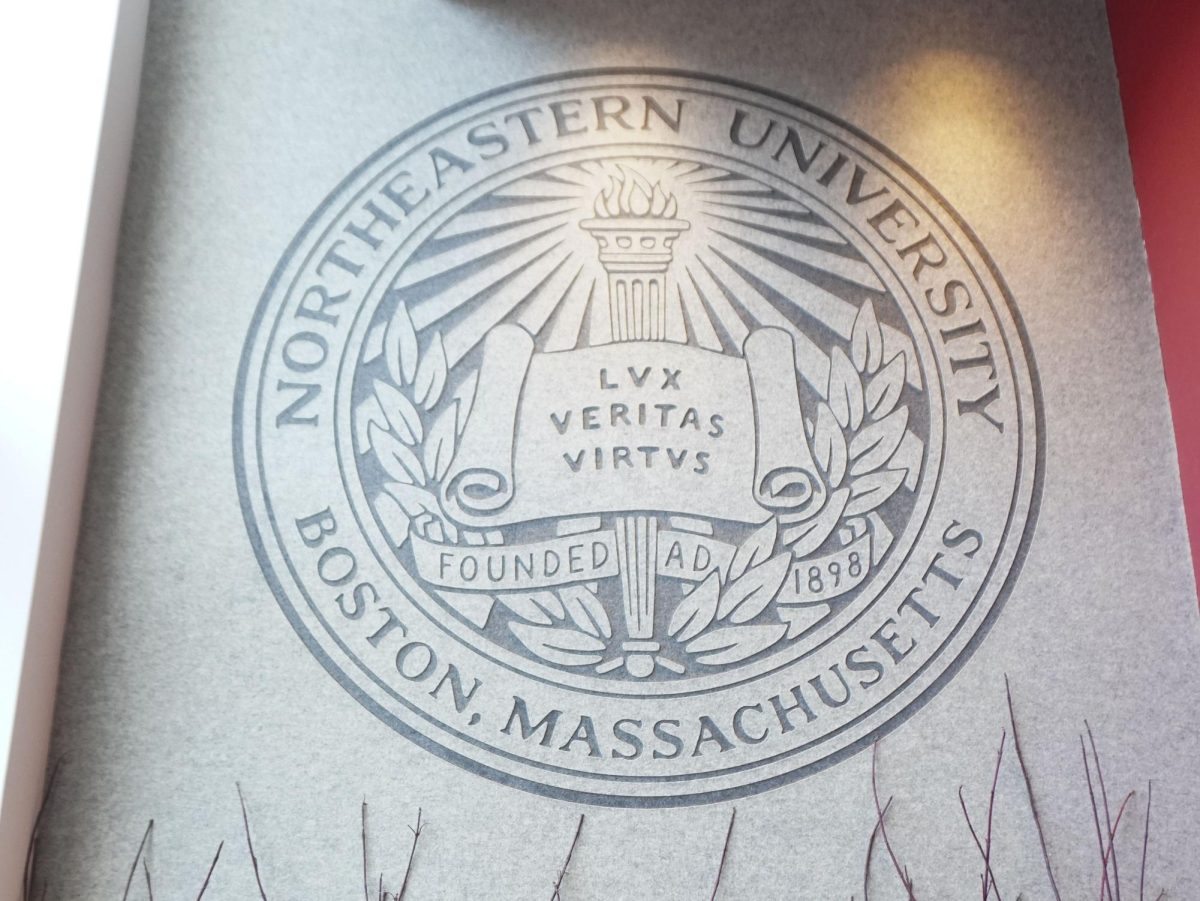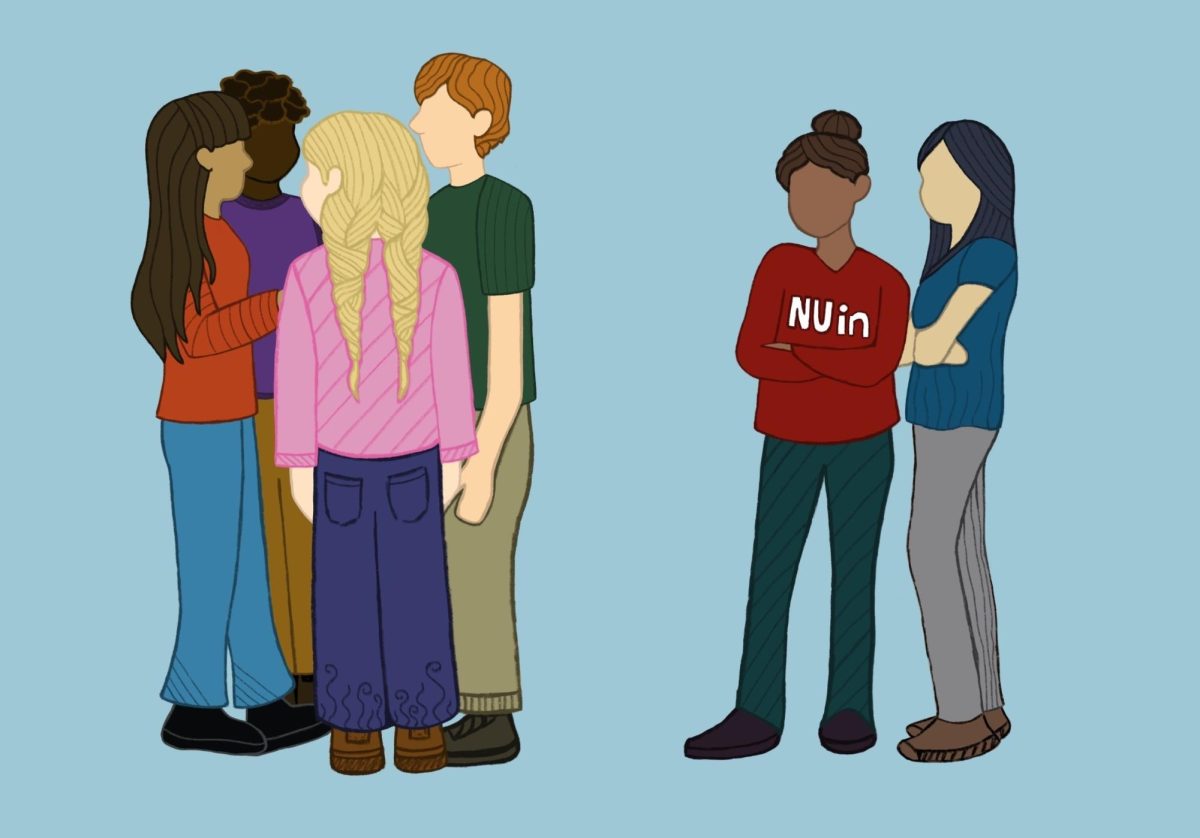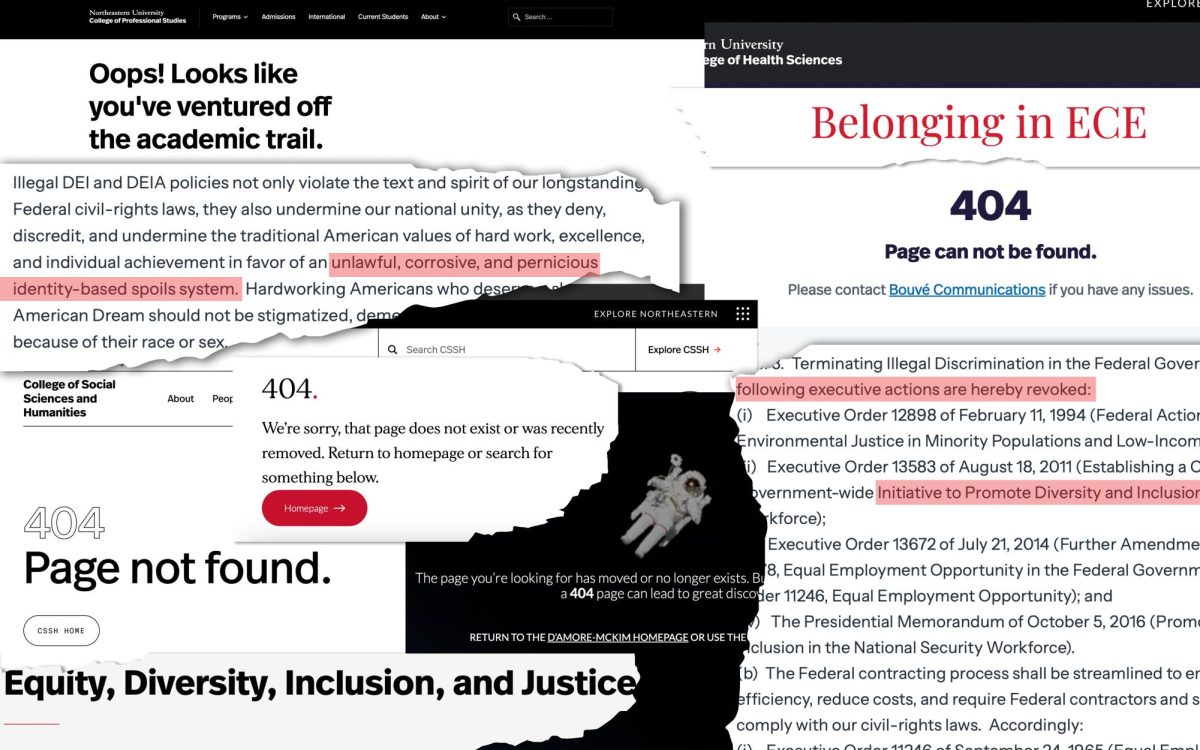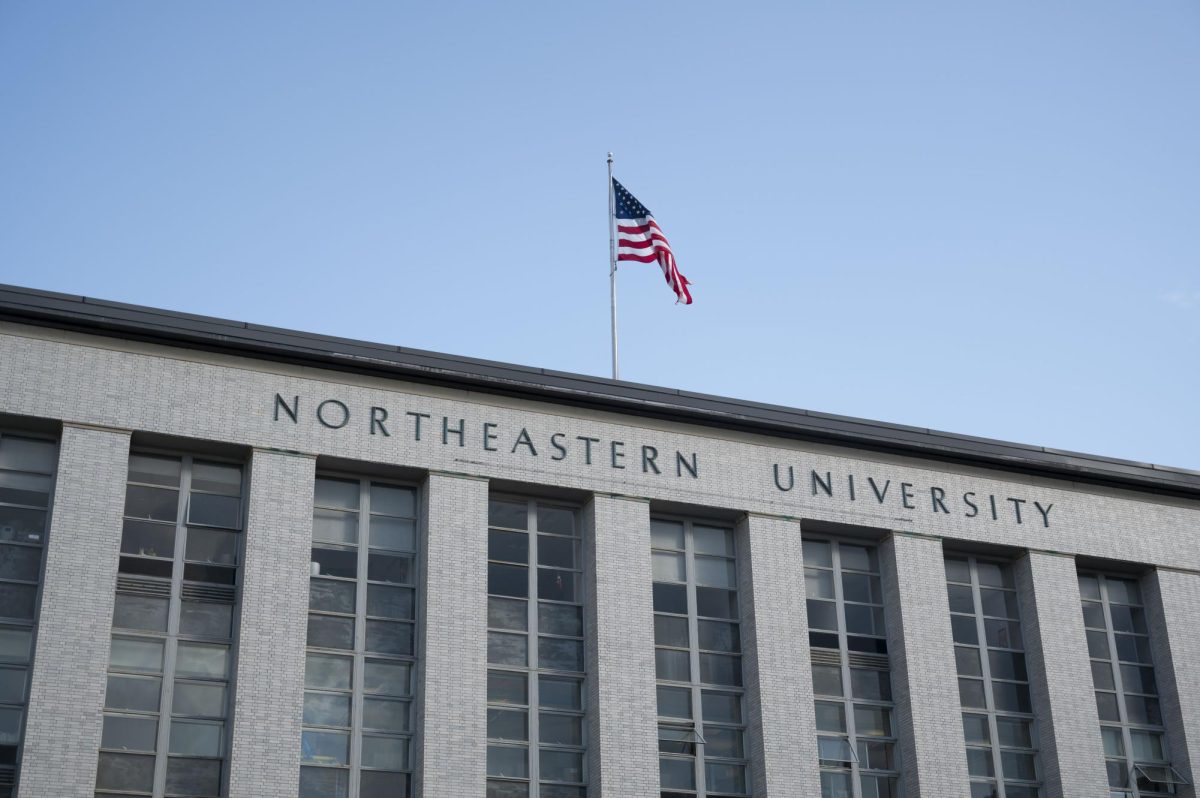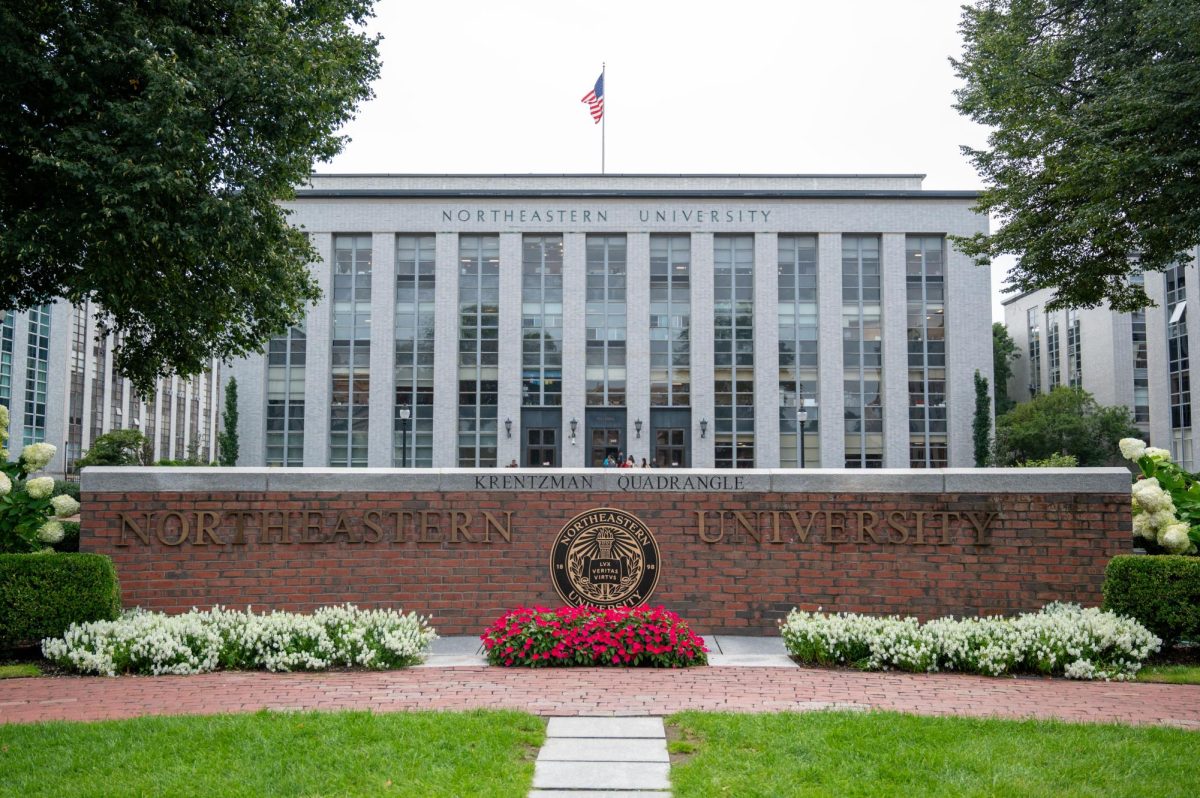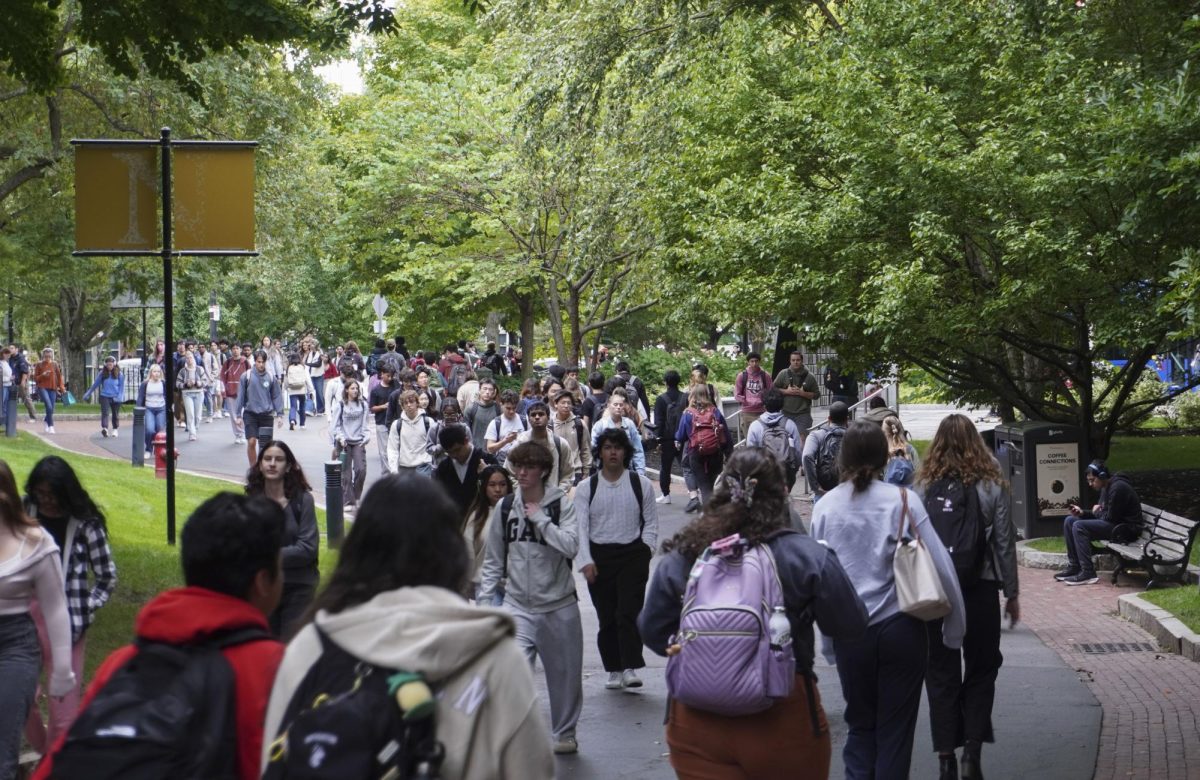Opening shot: a beautiful young woman, smartly dressed, creeps along a dark ally. A spiral flip pad with the words “Reporter’s Notebook” stamped across the front peeks out from her hands. Her eyes flash; she’s got the story.
For decades, television and movies have had a love affair with both print and broadcast journalism. From Lois Lane to Bob Woodward and Carl Bernstein, the media has happily made icons out of entrepreneurial reporters who find the perfect story with little more than a hunch.
And while the world of journalism continues to be romanticized on film – look no further than “Good Night and Good Luck,” the recent movie celebrating CBS news anchor Edward R. Murrow – print journalism in the real world is becoming less and less like the near-mythical newsroom of the Washington Post in the 1970s.
Journalism has not always been well celebrated in art, something evident by a series of films released in the ’40s and ’50s. Many films, including “The Front Page” and “Ace in the Hole,” portray journalists as incorrigible drunks, willing to get a story at any cost.
However, public perception slowly shifted in favor of journalists, culminating in the 1970s classic “All the President’s Men.” The film chronicles the saga of fresh Washington Post reporters Woodward and Bernstein as they investigate the break-in at Watergate, a story that continues to inspire droves of would-be journalists to the type pad.
But even as the number of journalism majors stay consistently strong here at Northeastern, the idolatry of the print journalism we have come to know is growing less and less familiar.
Much of today’s world of journalism takes place not on newsprint or in traditional nightly newscasts, but online. Americans looking for a quick hit can access news on websites like the Drudge Report and Huffington Post easily and without having to get newsprint on their fingers.
It is not a new trend. A 2005 Washington Post article details the circulation drop in 814 newspapers across the United States, including The Post and the Wall Street Journal. According to Editor ‘ Publisher, print media circulation has made an overall decline since 1990, something the Internet has no doubt helped.
We are in the age of information, but the information is fast and cheap. There is no nuance to the tidbits of information we now consume. The so-called “independent” online news sources have made deadlines 24 hours. Print media, television and bloggers alike all compete for the latest story first, but without enough time to check and double check sources, it ultimately makes for bad journalism.
While newspaper circulation has rapidly decreased during the past decade, the New York Times has actually increased its staff since 1998. But last week, the paper announced it would “bow to growing financial strain” and cut 100 newsroom jobs. The announcement comes just days after Tribune Co., which owns several national newspaper, television and radio companies, publicly declared its intention to cut 400 to 500 jobs, including about 150 at the Los Angeles Times.
Considering these are two of the most read newspapers in the country – and the New York Times is the preeminent newspaper in the United States, if not the world – the moves are the latest examples of the decline of print journalism.
Even the Boston Globe, once heralded for its international reporting, was forced to close its foreign bureaus last year and it remains one of the few major newspapers to continue to employ an investigative reporting team.
It is a dark side of print journalism we rarely get to see on screen. Soon, there will be little to no jobs left for the good-looking journalist fresh out of school with nothing more than a smile and spirit to get a good story. What will the new films celebrating journalism look like?
Yes, Hollywood still may make them, but the romanticization will be lost. Instead of Murrow staring into the television sets of 1950s America, daring to take on villain Joseph McCarthy, it will be an unknown blogger, hiding behind the safety of a faceless computer screen.
There will be no hunt, no bad guy. We will not see an overweight editor yelling at a reckless reporter from behind a smoking cigar while snapping at his suspenders. Even the days of poor portrayals of callous, mean journalists will vanish. And we will miss them.
Newspapers and their fictitious film equivalents will fade into oblivion. But not to worry. If we ever get lonely, we can always turn back to what we have: print journalism in film. It may not be the same, but, for those couple hours, it will transport us back to the good old days, and it will almost feel real.
Almost.
– Anne Baker can be reached at [email protected].



